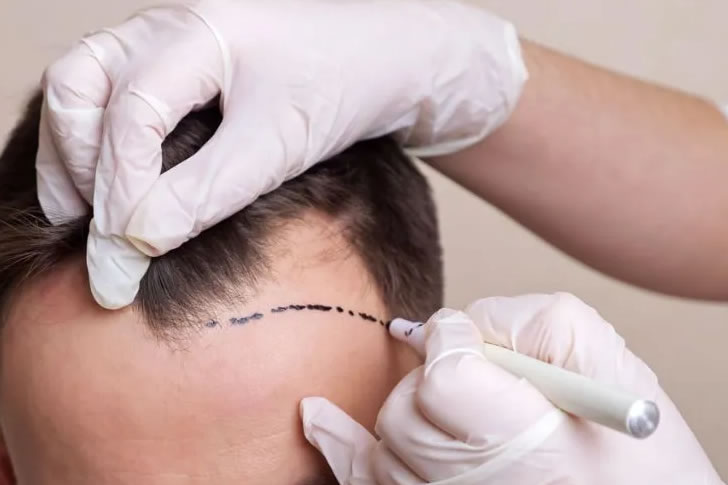Introduction to Hair Transplant Costs

Hair transplantation has become an increasingly popular solution for those experiencing hair loss, driven by advances in technology and techniques. However, the cost of these procedures can vary significantly depending on various factors. Understanding these factors can help potential patients make informed choices about undergoing a hair transplant.
Factors Influencing the Cost of Hair Transplants
Several key components determine the cost of hair transplants. These include the type of hair transplant technique used, the experience and location of the surgeon, the extent of hair loss, and the number of sessions required to achieve the desired result.
Type of Hair Transplant Techniques
The two primary techniques used in hair transplantation are Follicular Unit Transplantation (FUT) and Follicular Unit Extraction (FUE). FUT, often referred to as the strip method, involves removing a strip of scalp from the back of the head and dissecting it into individual grafts. FUE, on the other hand, involves extracting individual hair follicles directly from the scalp using a specialized punch device. Generally, FUE is more time-consuming and typically pricier than FUT.
The average cost for FUE can range from $4,000 to $15,000 per session, while FUT may cost between $3,000 and $11,000. These prices can vary significantly based on the surgeon’s skills and the geographic location of the clinic.
The Surgeon’s Expertise and Clinic Location
The surgeon’s expertise is another significant factor. Renowned and highly experienced surgeons generally charge more due to their expertise. Furthermore, clinics located in major metropolitan areas tend to have higher fees compared to those in less populated regions. In the United States, for example, clinics in New York City and Los Angeles often have higher pricing structures than those in smaller cities or rural areas.
Extent of Hair Loss and Number of Sessions Required
The extent of hair loss plays a crucial role in the cost of a hair transplant. More severe hair loss requires more grafts, which increases the time and resources needed to complete the procedure. The number of sessions a patient requires can also affect the overall cost. Some patients may achieve their desired results in a single session, while others might need multiple sessions spread over several months.
Additional Costs to Consider
Beyond the basic procedure costs, there are additional expenses that patients should consider. These include pre-surgery consultations, post-operative care, travel expenses for those who choose a surgeon far from home, and potentially corrective procedures if the initial transplant does not meet expectations.
Patients may also need to take into account the loss of income if the recovery period necessitates taking time off work. While complications are rare when the procedure is performed by a qualified surgeon, they can add unforeseen expenses and require additional care.
Achieving Transparency in Pricing
To prevent unexpected expenses and ensure clarity, prospective patients should seek detailed quotes from clinics. A comprehensive quote should break down all costs, including the number of grafts, the number of sessions, and any additional fees. Some clinics offer free consultations, which can provide a more accurate understanding of the total cost and establish realistic expectations for the procedure’s outcome.
Investment in Future Confidence
While the upfront cost of hair transplantation can be significant, many individuals consider it a worthwhile investment in their appearance and confidence. The permanent solution it offers can eliminate the ongoing expenses and emotional toll associated with temporary hair loss solutions like wigs or topical treatments.
Conclusion
Hair transplants, while costly, offer a long-term solution to hair loss with high rates of success and patient satisfaction. Understanding the factors that contribute to the cost can help individuals prepare financially and psychologically for the procedure. By choosing the right surgeon and considering all related expenses, patients can better manage their expectations and achieve results that improve their quality of life and self-esteem.
As with any medical procedure, it’s crucial to conduct thorough research and consult with multiple professionals before making a decision. An investment in hair transplantation is not only financial but also an investment in one’s wellbeing and future appearance.


Recent Comments